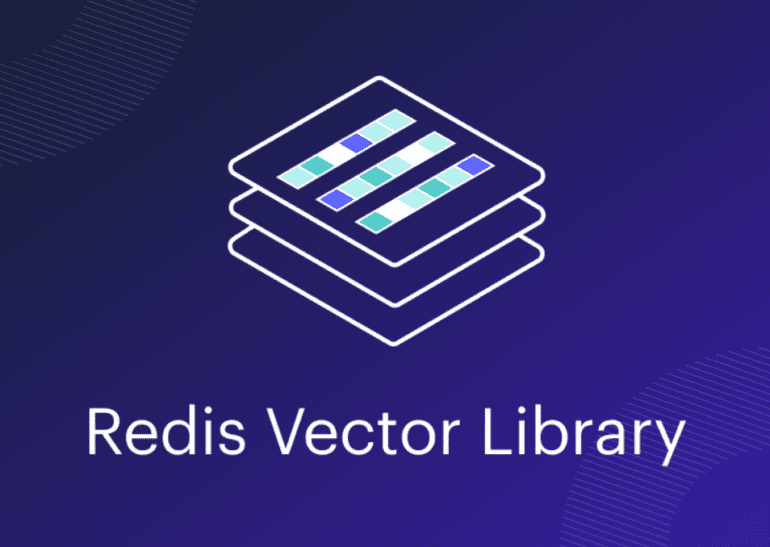- Redis introduces Redis Vector Library for streamlined Generative AI application development within Redis Enterprise platform.
- Key features include a simplified client interface prioritizing vector embeddings, a Python Redis Vector Library for seamless integration, and a dedicated CLI tool.
- Enables explicit configuration of index settings and dataset schema for optimized production search performance.
- Incorporates VectorQuery functionality for simplified vector searches with optional filters, alongside a robust vectoriser module for generating embeddings.
- The Semantic Caching feature improves efficiency by caching responses based on semantic similarity, reducing response times and API costs.
Main AI News:
Redis, a leading real-time database company, has launched the Redis Vector Library, which is aimed at enhancing the efficiency of Generative AI application development. This groundbreaking library is integrated seamlessly within the Redis Enterprise platform, serving as a dynamic vector database tailored to vector search, LLM caching, and chat history management.
At the core of the Redis Vector Library lies a user-friendly client interface, strategically designed to prioritize vector embeddings for enhanced search functionalities, thereby democratizing access to AI-driven endeavors. The Python Redis Vector Library (redisvl) extends the capabilities of the widely adopted redis-py client, fostering effortless integration with Redis for the advancement of generative AI applications. Implementation of the library is a breeze, facilitated through pip installation, with Redis deployment options ranging from Redis Cloud for a fully managed service to Docker images for localized development environments. Furthermore, the library offers a dedicated Command-Line Interface (CLI) tool, known as rvl.
In pursuit of optimal search performance in production environments, the library empowers users with the ability to fine-tune index settings and dataset schemas using redisvl. The process of defining, loading, and managing custom schemas is simplified through YAML files, ensuring a hassle-free experience.
The VectorQuery functionality, a cornerstone feature of redisvl, is engineered to streamline vector searches by incorporating optional filters, thereby enhancing retrieval accuracy. Beyond basic query operations, these filters facilitate the amalgamation of searches across structured data with vector similarity metrics. Additionally, the library boasts a robust vectoriser module, facilitating the generation of embeddings and granting users access to renowned embedding providers such as Cohere, OpenAI, VertexAI, and HuggingFace.
Semantic Caching, a noteworthy inclusion in Redisvl, is devised to augment the efficiency of applications interfacing with LLMs by caching responses based on semantic parallels. This innovative feature promises to curtail response times and API expenditures by leveraging previously cached responses for analogous queries. Looking ahead, the library aims to furnish abstractions for LLM session management and contextual access control, further solidifying its position as a frontrunner in Generative AI development.
Conclusion:
The introduction of Redis Vector Library marks a significant leap forward in Generative AI development. Its streamlined functionalities, simplified integration, and advanced features, such as VectorQuery and Semantic Caching, promise to enhance productivity and efficiency in AI-driven tasks. This innovation is poised to catalyze further advancements in the market, offering businesses a powerful toolset to leverage AI technologies effectively.

